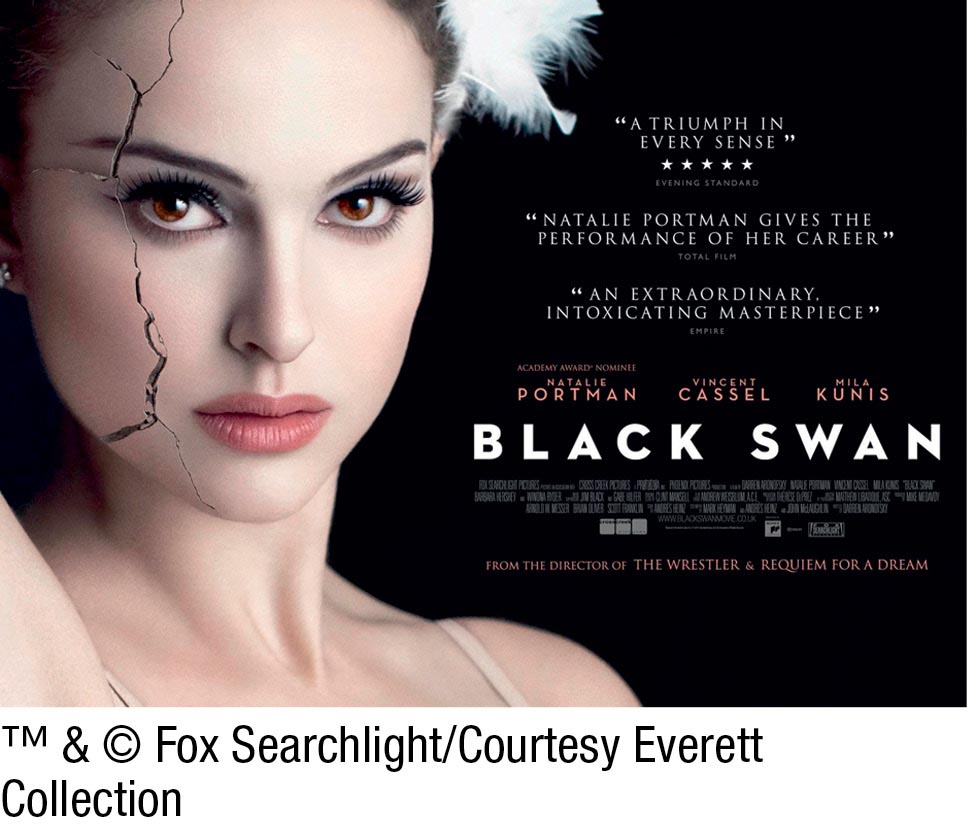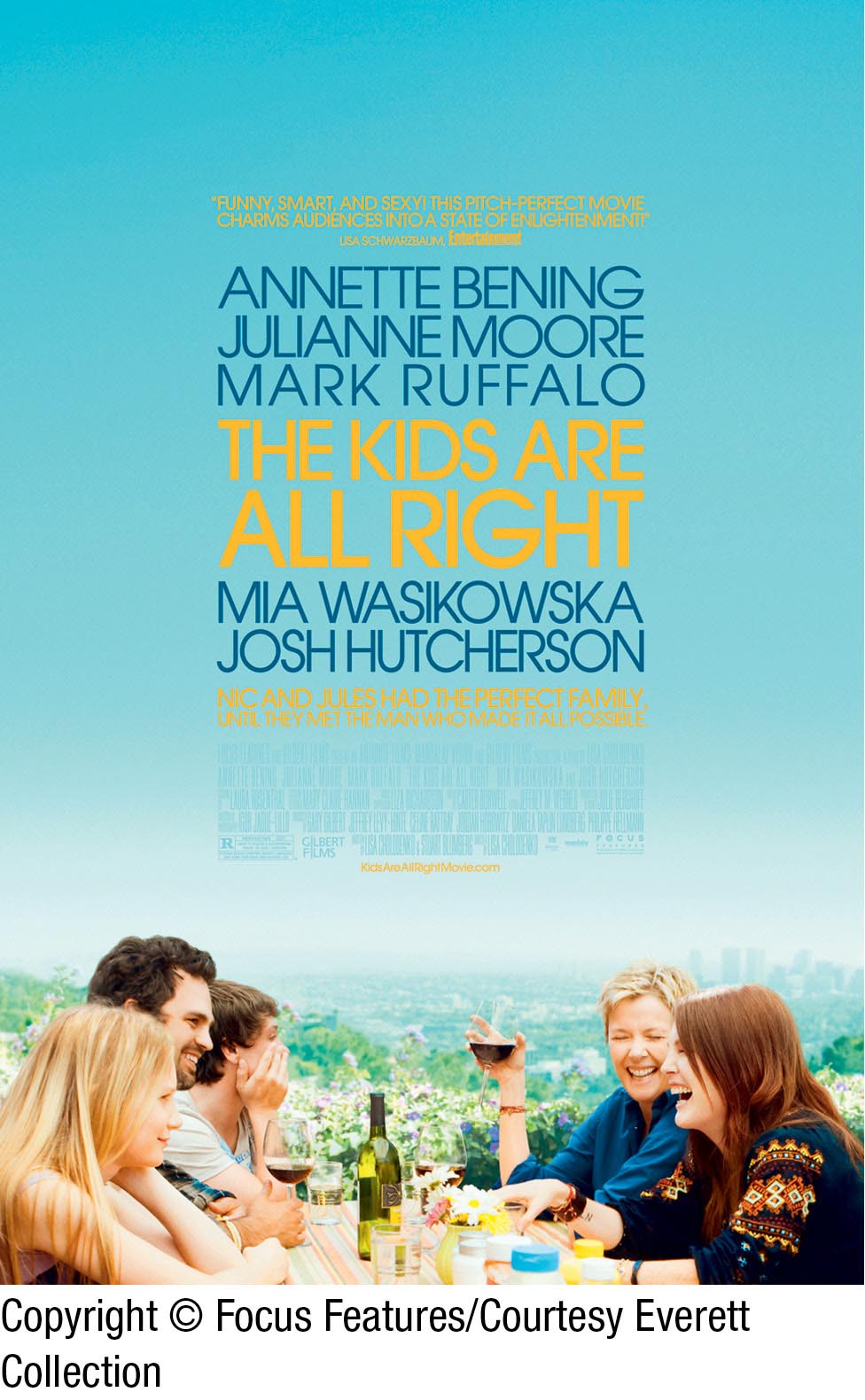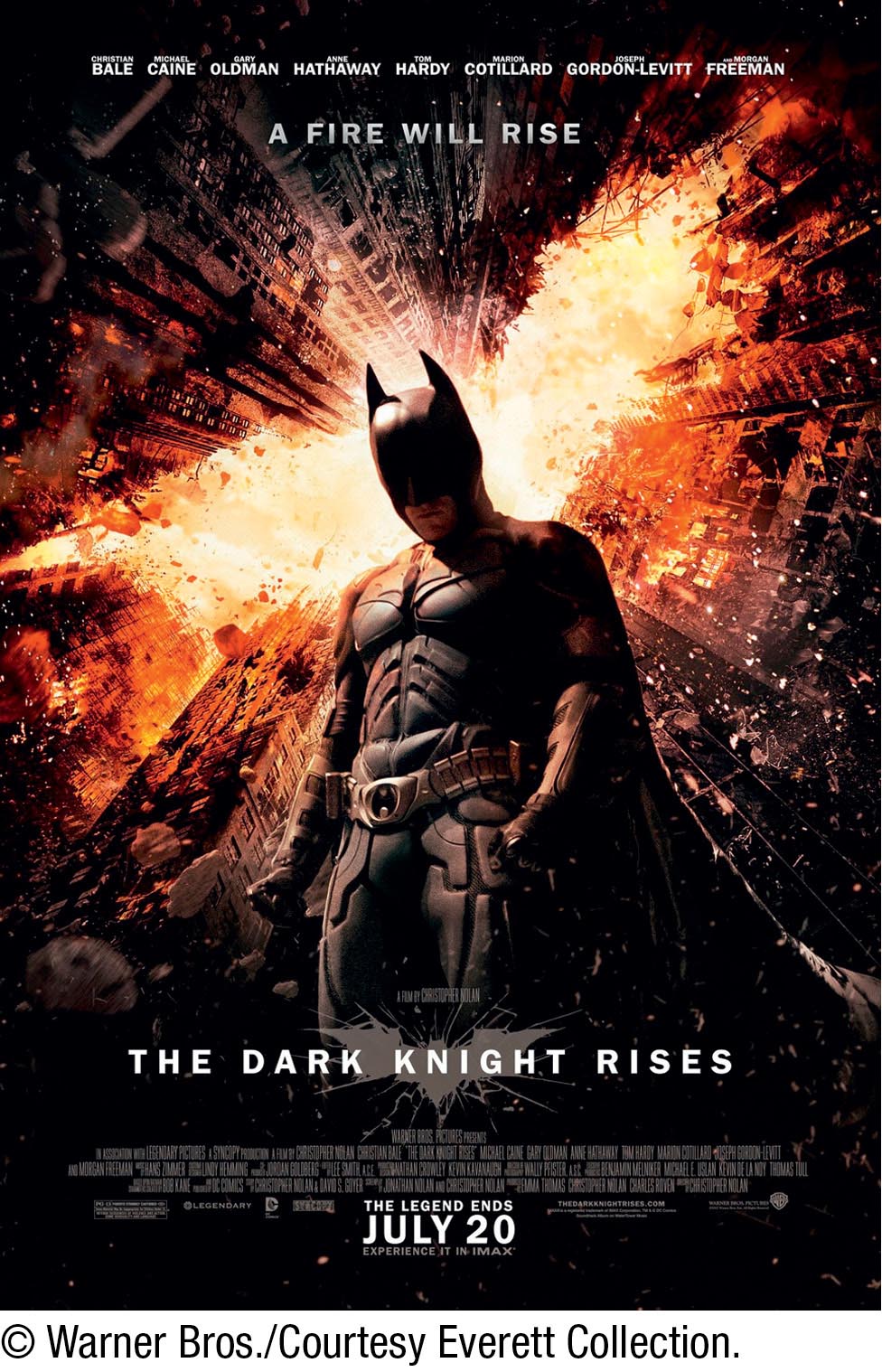Theme, Story, and Character
Effective movies command the audience’s attention, compelling them to sit up in their seats and want to watch. That’s because the best films view story and character with a thematic perspective, just as Robert Towne, in writing Chinatown, committed to an exploration of what crime means, not just a simple detective story.
How can you elevate your project to this level? Ask yourself why the movie exists—
Here are some examples of themes:
 Love conquers all.
Love conquers all. Is it possible to be a just person in an unjust world?
Is it possible to be a just person in an unjust world? Friendship matters more than money.
Friendship matters more than money.
Themes sometimes sound trite, but you will find that all great movies have them.
As you consider your theme, make note of the amount of time you’ll have to tell your story. Your class project may be two to five minutes. Theatrical films generally run about two hours. Television series on advertising-
Capturing audience interest from the first frame and holding it until the last is what will make a film entertaining, and the most effective way to accomplish this in such a highly focused medium is by telling the story of specific characters in a well-
“It’s about Someone Who…”
When a woman, who has obsessively dedicated herself to the art of ballet, gets the chance of a lifetime to star in Swan Lake, she has to confront her inner demons . . .
After two teenage kids, being raised by their lesbian moms, discover who their sperm-
Batman must emerge from a self-
All great films start with a character the audience can identify with, then present that character with a challenge or problem; these are the two factors that merit audience interest and can make a film entertaining. A character is the main person the story is about—
A one-
- The main characters: a woman; two teenage kids; Batman
- The characters’ context, or situation they find themselves in as the story begins: obsessively dedicated to the art of ballet; being raised by their lesbian moms; emerging from self-
imposed exile - What triggers the story, also called the inciting incident: gets the chance of a lifetime to star in Swan Lake; discover who their sperm-
donor father is; to confront a masked terrorist - What’s going to happen: has to confront her inner demons; decide to arrange a meeting; protect Gotham City
The log line will be used to summarize your project if you enter it into competitions or film festivals, as the SEO (search engine optimization) description if you post it online, and to attract investors if one day you seek financing for it. You will also see log lines as the short descriptions of movies on services like Netflix, iTunes, and Hulu. If you can’t boil your movie down to an efficient log line that accomplishes the four key elements, you probably need to do some more work crafting your story and thinking about your characters before you start writing.

A. Black Swan (2010)

B. The Kids Are All Right (2010)

C. The Dark Knight Rises (2012)